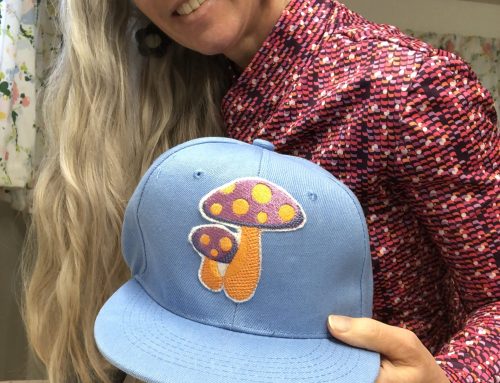Essential Safety Tips for Beginners
Safety always must come first. Whether you’re working, having fun, or exercising, getting injured is no fun at all. You should especially pay attention to safety if you’re a beginner at the activity you’re about to enjoy because you could end up accidentally hurting yourself due to lack of skill.
Sewing might not seem all that dangerous when compared to other hobbies and that is pretty much true. But it doesn’t mean that you can’t catch an unpleasant injury if you’re not paying attention. Sewing utilizes a lot of sharp objects, from scissors to needles, and handling them adequately is very important when it comes to safety. That is why every beginner should learn the sewing basics as well as know the most essential tips that will help them avoid dangerous situations. Here’s how to sew safely.

Take your time – go slow and easy
When you’re using a sewing machine, you have to keep in mind that you’re working with a tool that has serious piercing capabilities. Even the most basic beginner sewing machines such as those can hurt you badly, if you are not careful. One wrong move could cause you to end up with a few stitches complete with the thread embedded in your fingers. You don’t want to experience that, it’s not fun at all.
To avoid any accidents, just go slowly. Whatever you’re doing, go slowly. This implies to using the sewing machine as well as using a simple thread and a needle or scissors and shears. If you hurry, you increase the risk of accidentally making a mistake that might end up with an injury.
Focus
Most professional sewists can pull off a bit of multitasking and maybe listen to a radio or television show while they’re sewing and not risk injury. Beginners on the other hand, should never attempt to do this. If you are a beginner and you just started sewing, focus on the task ahead of you and nothing else. Even if someone shouts out your name, don’t respond before you stop what you’re doing. When you’re sewing, nothing else exists but your tools, materials you’re using, and your hands that are doing all of the work.

Don’t forget about your hair
If you have long hair you must keep it away from your sewing machine as you sew. If it gets too close to the mechanism, it can easily get sucked in and entangled. This will hurt like crazy but your troubles won’t end with just pain. Getting it out is practically impossible which means you will have to cut it off to regain freedom once again. And then you’ll have to deal with removing the hairs from your machine which takes forever. So, tie up your hair or lift it up before you sit in front of a sewing machine.

Take care of your sewing machine – don’t neglect regular maintenance
Your most important tool is your sewing machine, and you should make sure to keep it in the best possible condition at all times. Apart from the regular maintenance and proper use, there’s one more important thing you have to remember about your mechanical friend. Listen to it. Not in the crazy “machines can talk” way but in the “this doesn’t sound quite right” way. When your machine starts sounding different, it means that something inside or outside of it is not working like it should be. Until you figure out what’s the matter and the weird sounds stop, it’s best to not use it at all. If you can’t solve the problem, find a repairman and have him fix your machine.
Don’t sew over pins
They can brake easily if you do. When that happens, they might come out flying towards your face. Also, this kind of accident can damage your sewing machine and then you’ll have to buy new parts or pay for the repair.
Store sharp tools adequately
Don’t leave your scissors and shears out in the open. You can easily cut yourself that way because you might grab them wrongly. Leaving them out like that also increases the chances of them getting damaged. To avoid this, always store your scissors and shears in heavy containers. Put a cushion or some cotton at the bottom of the container and store the tools so that the tip rests on it. Needles, rotary cutters and pins should also be stored in small closed containers for safety reasons. Just put the pins in cushions first.
There you have it, now you know how to stay safe while sewing. I hope you liked the article. Enjoy your new hobby!
Helen spends a lot of time dreaming up and working on various projects for her family’s home. She loves mixing traditional crafting techniques with a more modern aesthetic. When she is not researching and reviewing sewing machines and tools, she’s either sewing or making beautiful things out of scratch. If you’re a beginner sewist, you should definitely check out her website.
- Essential Safety Tips for Beginners; Guest Blogger Helen Spencer - January 13, 2020







Leave A Comment
You must be logged in to post a comment.